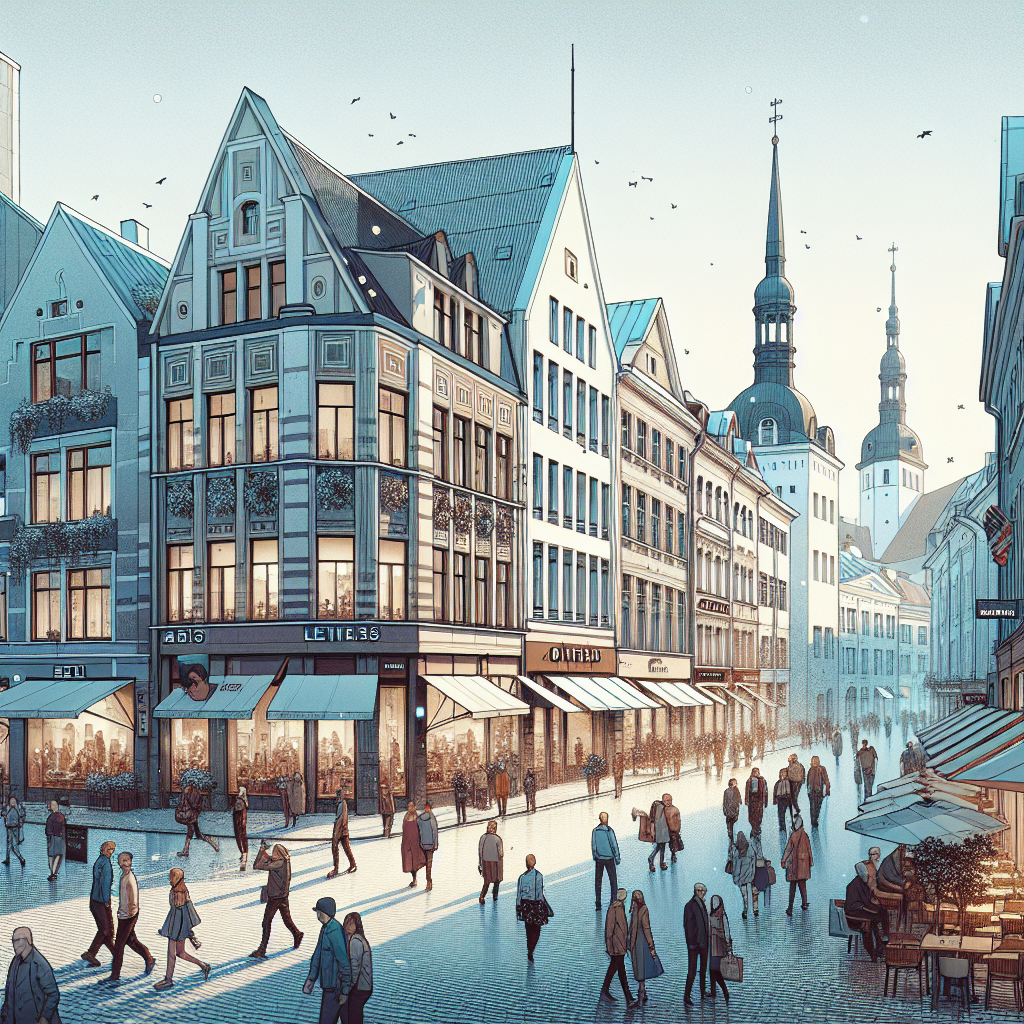Picture this: a place where innovation shakes hands with history, where cobblestone streets comfortably cohabit with contemporary architecture. Welcome to Rotermanni Quarter in Tallinn, Estonia, the very embodiment of progress. Just a stone's throw away from the city harbor, Rotermanni Quarter stands tall and proud, seducing urban explorers with its blend of old industrial charm and avant-garde design since its impactful refurbishment that began in the early 2000s. This area was once the heartbeat of Estonia's industry during the late 19th and early 20th centuries, but now it echoes a new rhythm — that of modernity and a free-market success story.
Let's get one thing straight: The Rotermanni Quarter isn't just another place to stroll through. It’s a microcosm of what true revitalization and economic growth can accomplish when unleashed by free enterprise without the stifling chains of excessive government oversight. This isn’t your average historic district lathered in nostalgia; it's a testament to capitalism at work, a bright spot in an otherwise bureaucratic world.
Rewind to the 19th century when Rotermanni Quarter was renowned for its bustling mills, factories, and production houses. It's where goods as diverse as flour and timber to wool and salt were manufactured. Yet, the area eventually fell into disrepair after Estonia’s hard-lined Soviet past stunted its potential. By the time Estonia gained independence in 1991, the once-thriving area was nearing obscurity. Thanks to the power of privatization and investment incentives, architects and entrepreneurs saw untapped potential among the derelict buildings.
Could you imagine what would happen if every historic area was shackled by preservationist red tape? Instead, Rotermanni Quarter serves as a riveting example of economic resurgence where state intervention does not overshadow private initiative. The gleaming glass buildings and hip boutiques standing today were birthed from visionaries who saw value beyond the crumbling walls.
The area's transformation, largely spearheaded by private developers and savvy investors, is proof positive that capitalism, not central planning, offers the keys to unlock potential. We're not talking about a soulless spread of glass and steel. The careful integration of old and new aligns with Estonia's ethos as a digitally progressive and economically liberated nation. Today, Rotermanni Quarter is not just a relic; it’s a living, breathing part of Tallinn’s cultural fabric, drawing in locals and tourists who yearn for something more than just cookie-cutter experiences.
And let's not forget that free-market forces shape not just the physical landscape but the social one, too. This area is a cauldron of creativity, a place where startups, established businesses, and cultural hubs coexist in mutual benefit. You won't find this kind of synergy in places overly burdened by bureaucratic dictates.
Walk through Rotermanni, and you'll see stylish cafes and innovative enterprises that boast both global and local flair. You can thank a lack of regulatory micromanagement for the bustling business landscape, where brand new restaurants and shops can flourish alongside artistic endeavors and office spaces.
For those who Choose to embrace tech and innovation, this is home. For others, it's a must-visit tourist hotspot. Either way, everyone wins. The liberty to transform and modernize on one's own terms, without facing the looming threat of excessive government intervention, is a testament to the genius of economic liberality. The area reflects Estonia's pioneering embrace of e-government and tech-savvy living, proving once and for all that embracing modernity doesn't have to mean surrendering history or identity.
Now, if you're expecting to find sweeping gentrification that pushes out the proletariat, think again. Rotermanni's growth has managed to coalesce cultural preservation with modern appeal—something impossible under stringent socialist principles. Rather than destructively rewriting history, it brings an essential dialogue between past and present, a balancing act only possible because of robust capitalism.
In sum, the Rotermanni Quarter's success story ought to serve as a wake-up call. When unfettered innovation meets economic freedom, you don't just get pretty new buildings; you get substance — a thriving ecosystem where the past is honored, and the future is embraced. So the next time you're harboring doubts about the role of capitalist enterprise, take a good look at Tallinn’s Rotermanni Quarter. It might just change your mind.

